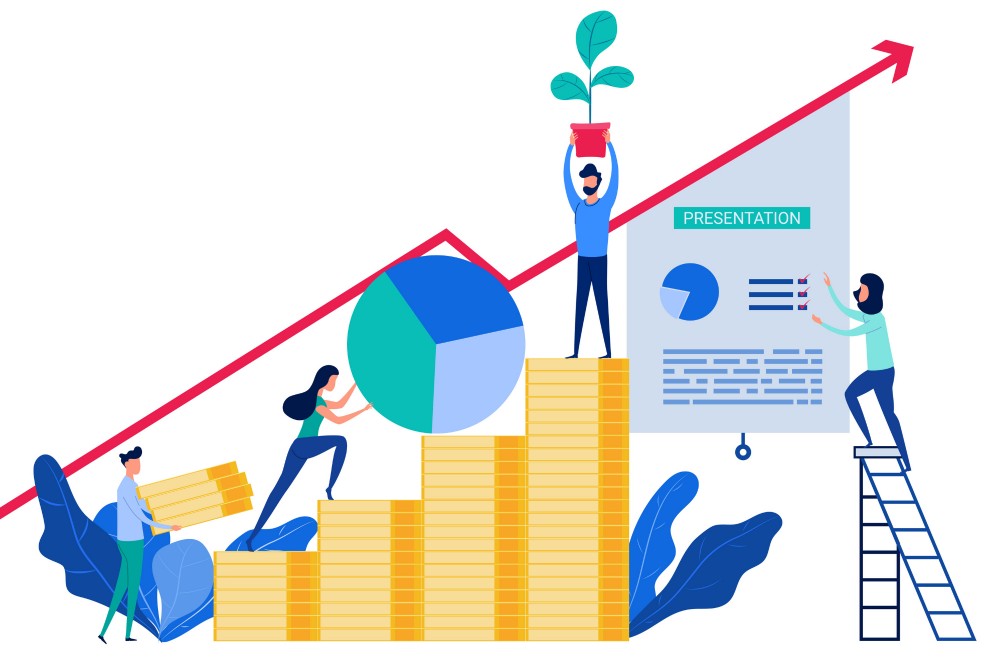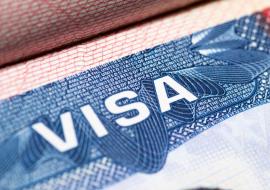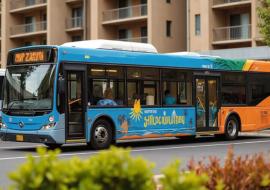2020: The Lessons Taught for the Travel Industry

This year has been unpredictable, and it has changed everything about the travel industry. From traveler confidence to budgets to policies and procedures, 2020 has forced brands and destinations to pivot their strategies and offerings in new ways to accommodate traveler needs.
These changes have created a new normal for travelers and travel marketers alike. For tourism boards this means finding new efficient ways to deliver results within limited budgets. However, the biggest threat to destination marketing success in 2021 is outdated metrics.
It’s time to establish a new normal for digital campaigns to capture revenue in the coming year. Most tourism boards allocate digital spend to direct response, or campaigns that inspire potential travelers to take immediate action. Direct response metrics include website visits, click through rates, and impressions.
As overall budgets continue to decrease in 2021 and travelers continue to be hesitant to book, destinations will likely need to consider more digital branding campaigns.
Digital branding campaigns are less expensive, more flexible, and easier to track. But these campaigns also require different KPIs and metrics, including customer lifetime value, advocacy, incremental searches, and more.
While 2020 was certainly an anomaly, there are a number of trends and key takeaways that will prove valuable in 2021. Airlines have had to reinvent themselves taking a health and safety first approach.
More travelers are prioritising domestic travel over international journeys, and that won’t likely change for most of 2021. As a result, destinations should look at different data sets when determining a target market. For example, combining 2019 flight data with current domestic hotel searches and bookings may help destinations prioritise ad spend.
In addition, domestic travel is putting greater emphasis on things like food offerings, with 36% of travelers saying they want to enjoy local fare in the coming year.
This gives marketers the opportunity to think locally and create interest-based campaigns to those travelers that are not getting on a plane.
A larger number of travelers are now hesitant to pack their suitcases for international travel - and that will likely continue into the coming year. However, their current preferences have shifted towards lesser-known domestic destinations.
Branding will play a key role in recovery, and branding campaigns require long-term strategies.
Now more than ever it’s important for destinations to build sustainable business models. This not only includes exploring more efficient marketing tactics, but also means working to build long term relationships with local communities and catering to traveler preferences.
In addition, travelers are looking for more sustainable experiences, which include focusing on overlooked destinations, spending more time in one location, and traveling during off-peak times.
The key to destination tourism recovery is collaboration, which includes partnering with entities like the United Nations World Tourism Organisation (UNWTO) and European Travel Commission (ETC).
The UNWTO listed ‘partnerships’ as one of its key goals for achieving sustainable business practices. While partnering with organisations is key, it also includes partnering with previous competitors, such as neighboring cities, hotels, and more.
Accelerating recovery means destinations must adjust to the new normal for travel. Destinations must take a multi-channel, data-driven approach to stretch smaller budgets and create a sustainable model for the future.
Source: PhocusWire














